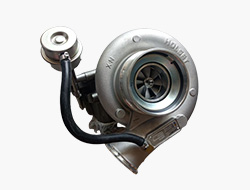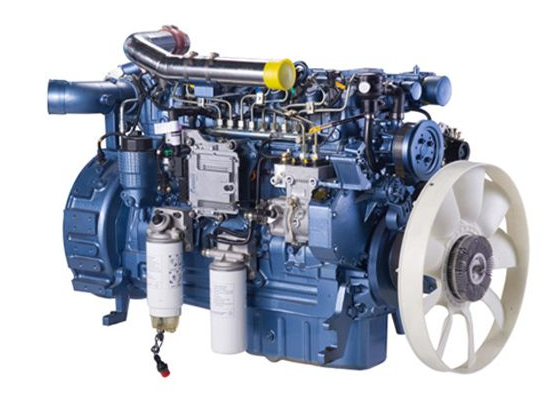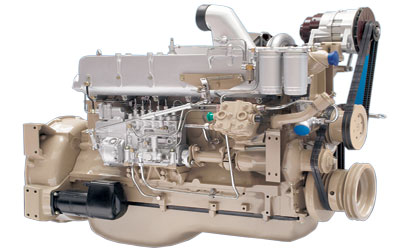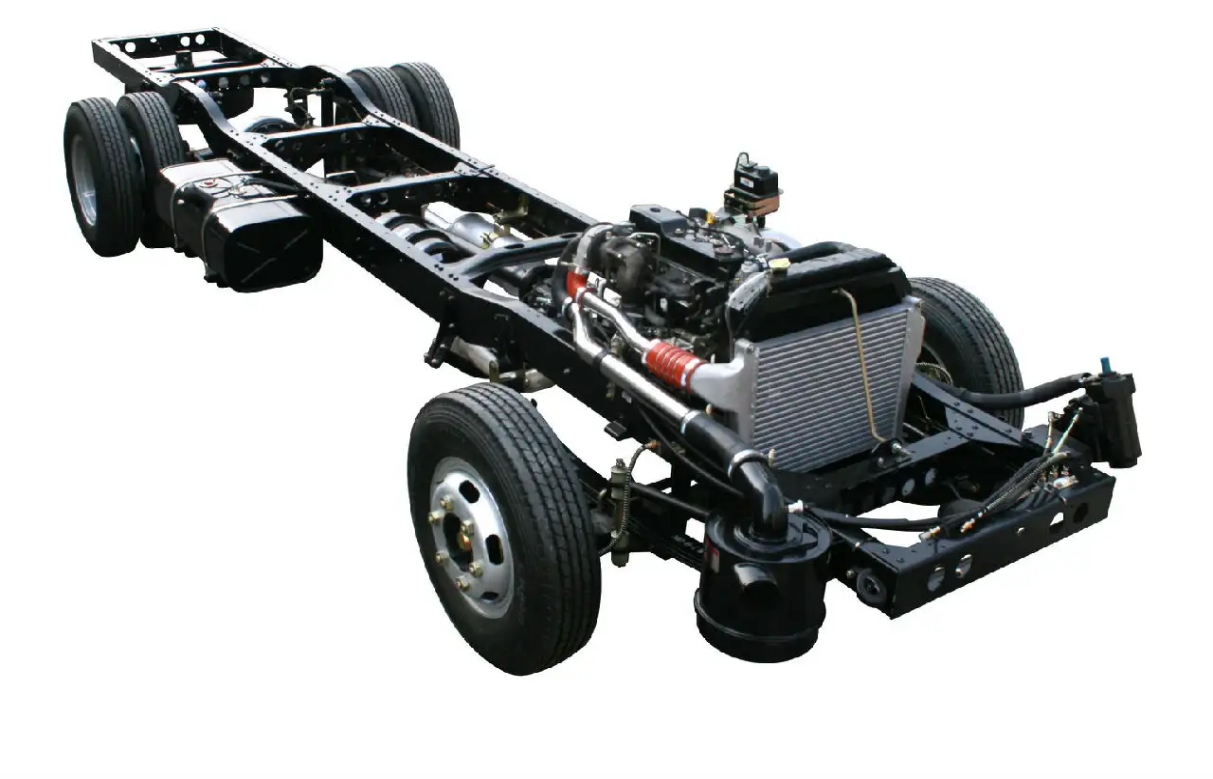Bus Tire Care And Maintenance Knowledge
Bus Tire Care And Maintenance Knowledge
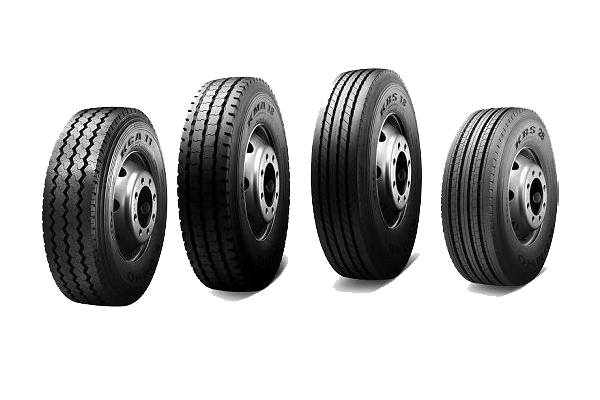
Regularly Check Tire Pressure
After inflation, the tire is not completely sealed, and even with the inner tube and valve core intact, it will leak on its own. Stopped vehicles should check the air pressure before leaving the parking lot and after returning to the parking lot. After returning to the parking lot, the inspection should be carried out when the tire temperature drops to room temperature.Stopped vehicles should be inspected once a week. Due to the large deformation of the radial tire body, it is difficult to see if the air pressure is too high or too low. Therefore, when checking the tire pressure, a pressure gauge should be used to measure it, and judgment should not be based on experience.
Regular Tire Rotation
Due to the different working conditions and loads of each tire, the load on the rear wheel is generally greater than that on the front wheel. Due to driving on the right side, the load on the right wheel is greater than that on the left wheel. After driving a certain distance, the fatigue and wear levels of tires in different parts of the bus will vary. Therefore, timely tire rotation should be carried out in accordance with passenger car maintenance regulations, especially after the initial driving of a new car, which has a significant impact on the service life of the tires.In general, tire rotation should be carried out every 8000-12000 kilometers traveled. Tire rotation is divided into cross rotation and cyclic rotation. Cross transposition is suitable for buses that frequently drive on larger arched roads, while cyclic transposition is suitable for buses that frequently drive on flatter roads.When switching to tires of different specifications, attention should be paid to correcting the odometer, as some passenger cars can choose tires with different diameters.
Regularly Check Tire Wear
When the pattern is worn to this residual depth limit, the tire should be replaced and should not be used again. Experiments have shown that the residual depth of tire patterns should generally not be less than 1.6 millimeters. Otherwise, both the driving force and braking performance of the tire will be greatly reduced. When encountering waterways, there will be a phenomenon of "floating" due to the inability to quickly discharge water between the tire and the ground, resulting in ineffective braking and difficult steering control, which becomes a major hidden danger for safe driving.
Related Products


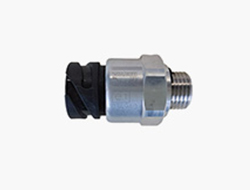
.jpg)
.jpg)
